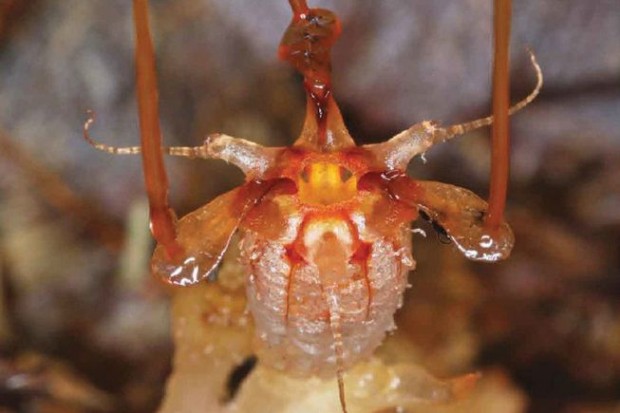What are the causes of apples dropping from trees prematurely while still very small? Is malathion a safe, readily available treatment for apple trees after the petals fall? Can you recommend a book for growing apples in Michigan? D.E.
Premature fruit drop can be natural, environmental, or pest-related and it takes some careful observation to determine which category yours falls into. An early apple drop before the fruit has matured may be the result of an overproduction of fruit by the tree. The plant simply cannot support the continued nourishment for such a vast number. Profuse flowering and extensive pollination can cause this overproduction beyond what the tree can sustain. Subsequently, it “sheds” a few pounds of excess fruit to conserve energy in a natural thinning process. Some fruit tree growers will even manually thin a tree to increase the quality and size of the final product, beating the tree to the punch.
Premature fruit drop can be environmentally stimulated by unfavorable conditions like frost, excessive heat or cold, or drastic changes in humidity. Living in Michigan, any of those conditions are quite possible in the flower to fruit cycle. Since symptoms can also be soil-related, it is important to check your regularity of watering and that the proper nutrition is offered the tree at the root zone. A soil test geared toward fruit tree production would zero in on those nutrients and their correct proportions. You can obtain a soil test kit from your county’s MSU Extension.
Another environmental occurrence is herbicide drift. Never apply herbicides in windy or dead calm conditions. Dead calm is often associated with a phenomenon known as temperature inversion. Contrary to popular belief, spraying under such conditions can actually increase drift distance. The culprit spray may be several yards away, making it difficult to pinpoint the source.
Pest-related fruit drop occurs much later in the season, when the fruit is very near maturity. So insect pests are probably not the reason for your premature drop.
As for the application of malathion, a readily available insecticide for homeowner use, proceed with caution. Make certain you correctly identify the pest, that the insect pest exists on your apple trees and that it is doing damage before arbitrarily applying any insecticide. Malathion is particularly effective against leafrollers and codling moths, which can damage apples, and must be applied at specific intervals. All label instructions and cautions should be followed to the letter if applying it yourself. A better choice would be to contact a certified arborist for an accurate diagnosis and treatment. Oftentimes beneficial insects can be eliminated from nature’s cycle in the homeowner’s fury to protect their plants.
For Michigan apple growing information, contact the your county’s MSU Extension and obtain how-to bulletins on tree fruit. For a nominal cost, you will get targeted, science-based information on Michigan climate, the best apple varieties, and proper techniques to successfully grow apples in Michigan.

